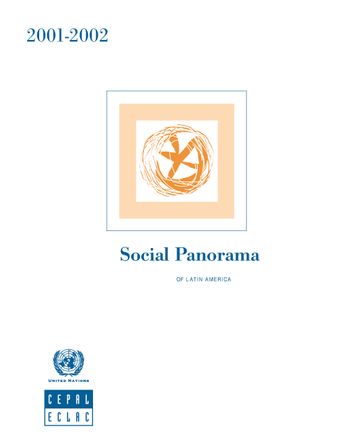School drop-out and socio-economic inequalities

- Author: United Nations
- Main Title: Social Panorama of Latin America 2001-2002 , pp 111-116
- Publication Date: February 2003
- DOI: https://doi.org/10.18356/21a648c1-en
- Language: English
The insufficient household income and the various deficits in the material well–being of children and adolescents of the poorer strata represent a decisive factor in the latter's higher frequency of scholastic lag and school drop-out compared with young people from middle– and high–income households. In spite of the substantial reduction in drop-out rates in Latin America over the last ten years, adolescents from the 25% poorest urban households have drop-out rates which are three times, on average, those of young people from the 25% richest households. These inequalities between the top and bottom socio–economic strata are greater in urban than in rural areas; they are much greater in the case of early school drop-out, and as a general rule they are higher in the countries of the region which have progressed further towards universal access to primary and secondary education. Although in the latter countries early school drop-out is less frequent than in the other countries, because greater importance is attached to keeping young people in school until they complete the secondary cycle, such drop-out is an increasingly “hard” area of social policies.
-
From This Site
/content/books/9789213633830s009-c005dcterms_title,dcterms_subject,pub_keyword-contentType:Journal -contentType:Contributor -contentType:Concept -contentType:Institution105



